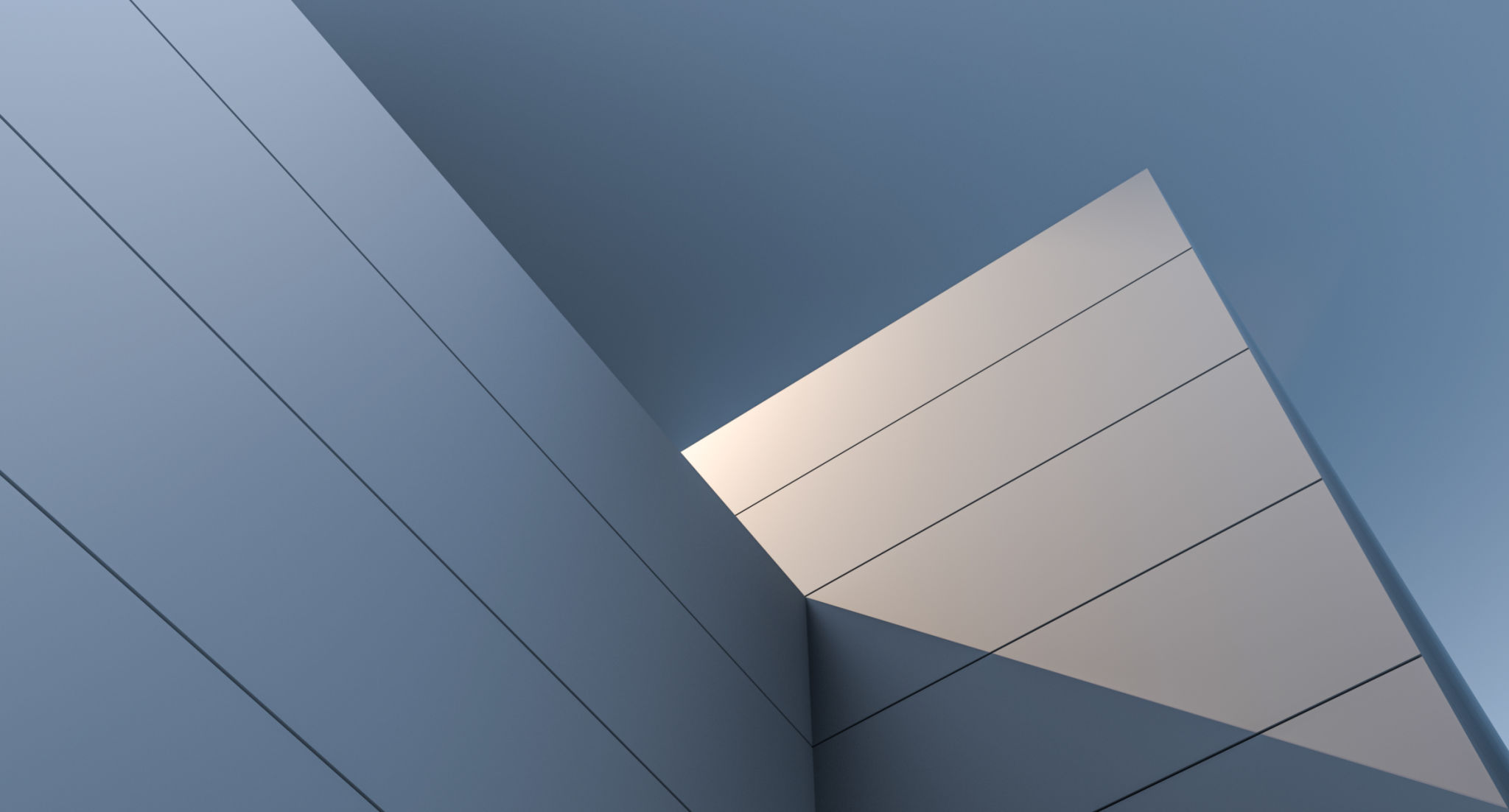Top Trends in Modern Architecture for Your Next Project
Embracing Sustainability
Modern architecture is increasingly focused on sustainability as a core principle. Architects and designers are prioritizing eco-friendly materials and energy-efficient systems to reduce the environmental impact of buildings. This trend not only helps in conserving natural resources but also creates healthier living spaces for occupants.
Some popular sustainable practices include the use of solar panels, green roofs, and rainwater harvesting systems. These features not only contribute to energy efficiency but also help in reducing utility costs over time. As you plan your next project, consider incorporating these elements to create a truly modern and sustainable design.

Innovative Use of Technology
The integration of advanced technology in architectural designs is another prominent trend. Smart home systems, automated lighting, and climate control are just a few examples of how technology is transforming the way we interact with our living spaces. These innovations offer unmatched convenience and can be customized to meet the specific needs of residents.
Moreover, the use of Building Information Modeling (BIM) is revolutionizing the construction process. BIM allows architects to create detailed 3D models that improve collaboration and reduce errors. By embracing these technological advances, architects can deliver projects that are both innovative and efficient.

Minimalist Aesthetics
Minimalism continues to be a defining feature of modern architecture. The focus is on creating open, uncluttered spaces that emphasize clean lines and simplicity. This aesthetic not only enhances the visual appeal of a building but also contributes to a sense of tranquility and order.
To achieve a minimalist look, architects often use a neutral color palette and natural materials such as wood, stone, and glass. The result is a timeless design that remains elegant and functional. If you value simplicity and elegance, consider incorporating minimalist elements into your architectural plans.

Biophilic Design
Biophilic design is gaining traction as more people seek to connect with nature in their living environments. This approach involves integrating natural elements into the built environment to enhance the well-being of occupants. Features such as indoor plants, natural lighting, and water elements are commonly used to create spaces that promote relaxation and productivity.
Studies have shown that biophilic design can reduce stress levels and improve overall mental health. By incorporating biophilic principles into your next project, you can create spaces that nurture both body and mind.
Adaptive Reuse
The concept of adaptive reuse involves repurposing existing structures for new functions. This trend not only preserves historical architecture but also reduces the need for new construction materials. As urban areas continue to expand, adaptive reuse offers a sustainable solution for accommodating growth while maintaining cultural heritage.
Examples of adaptive reuse include transforming old factories into residential lofts or converting historical buildings into mixed-use developments. By creatively reimagining existing spaces, architects can contribute to a more sustainable and vibrant urban landscape.

